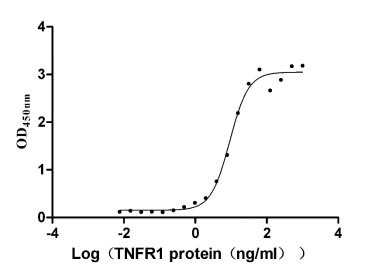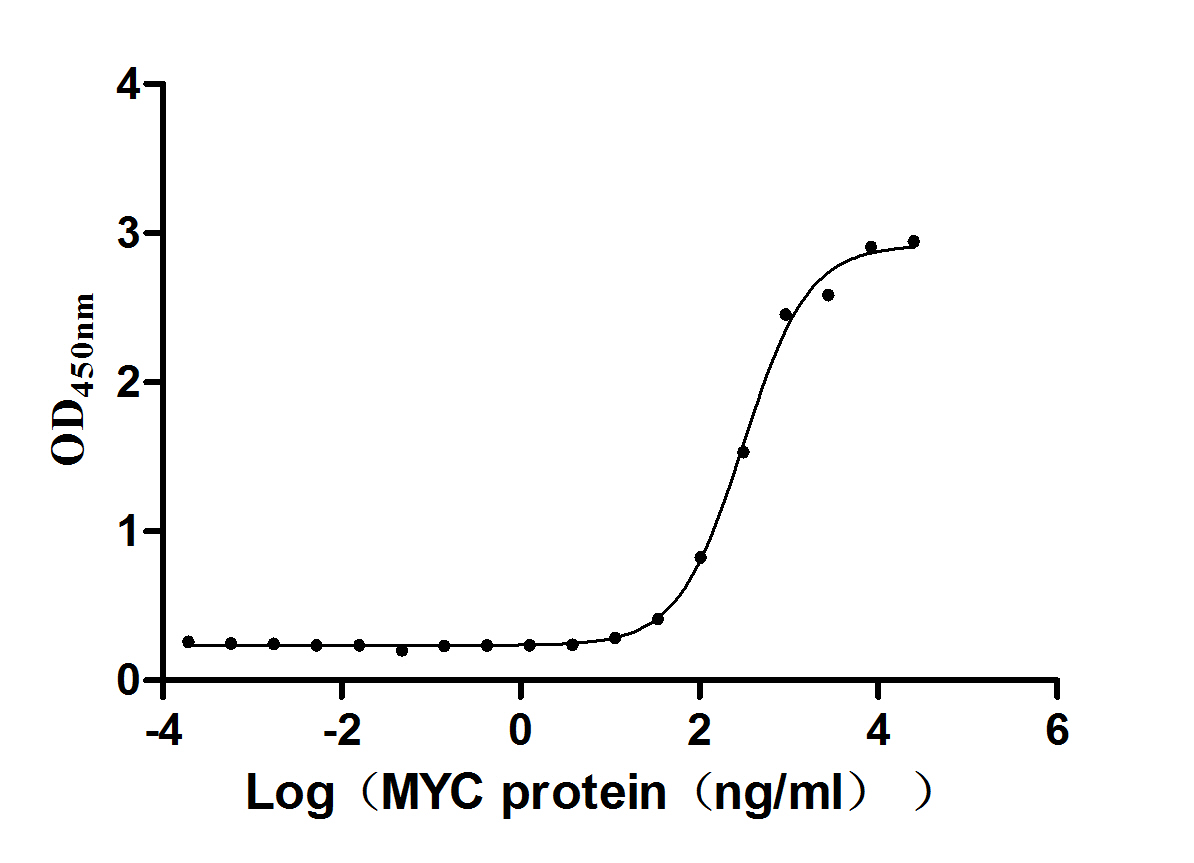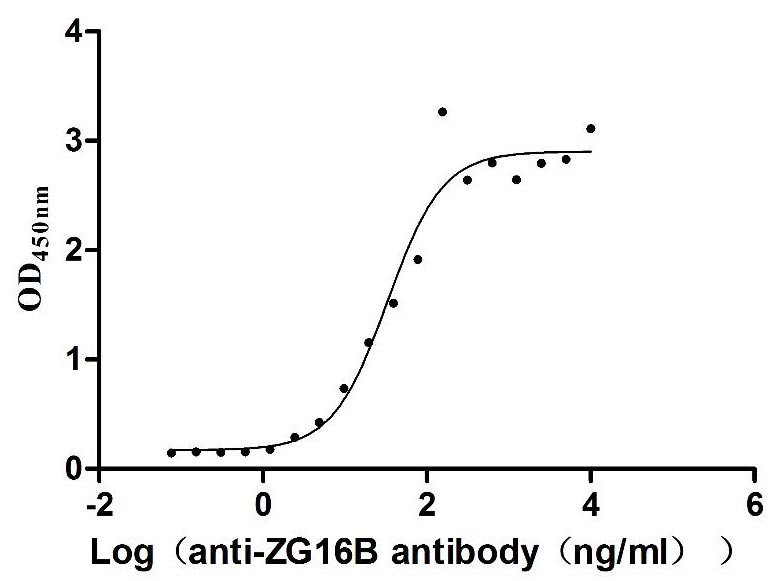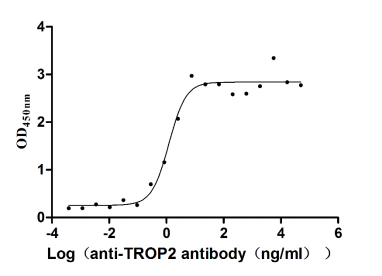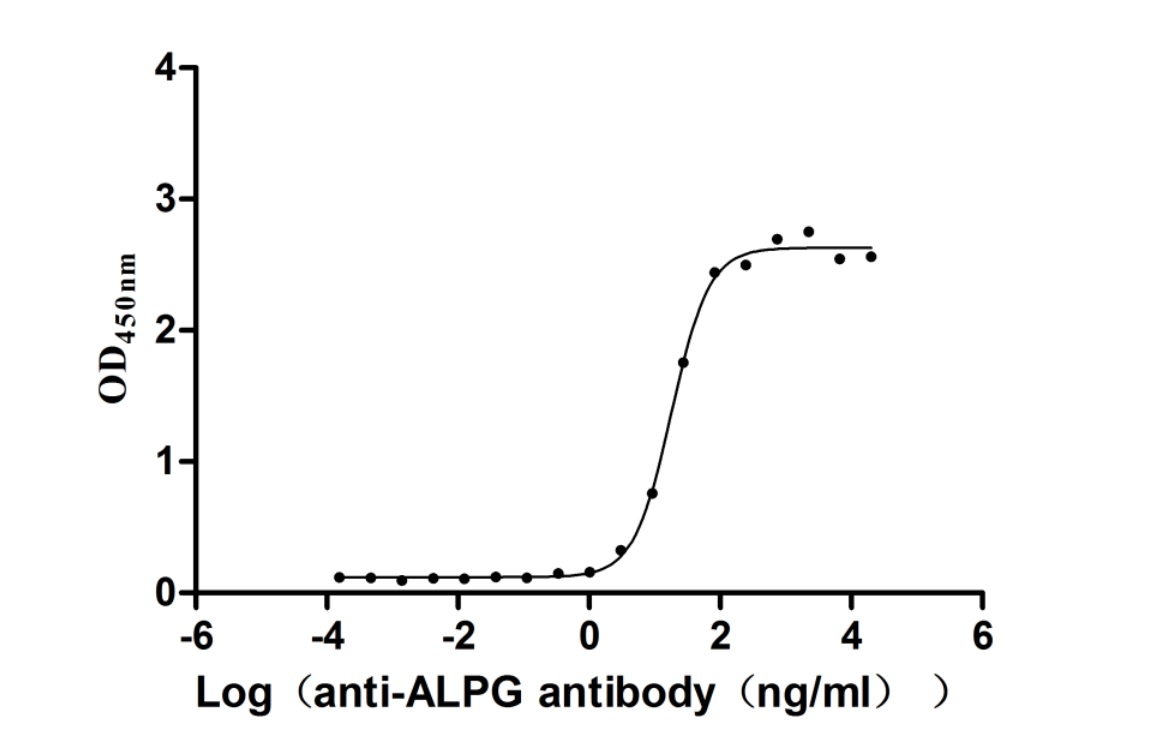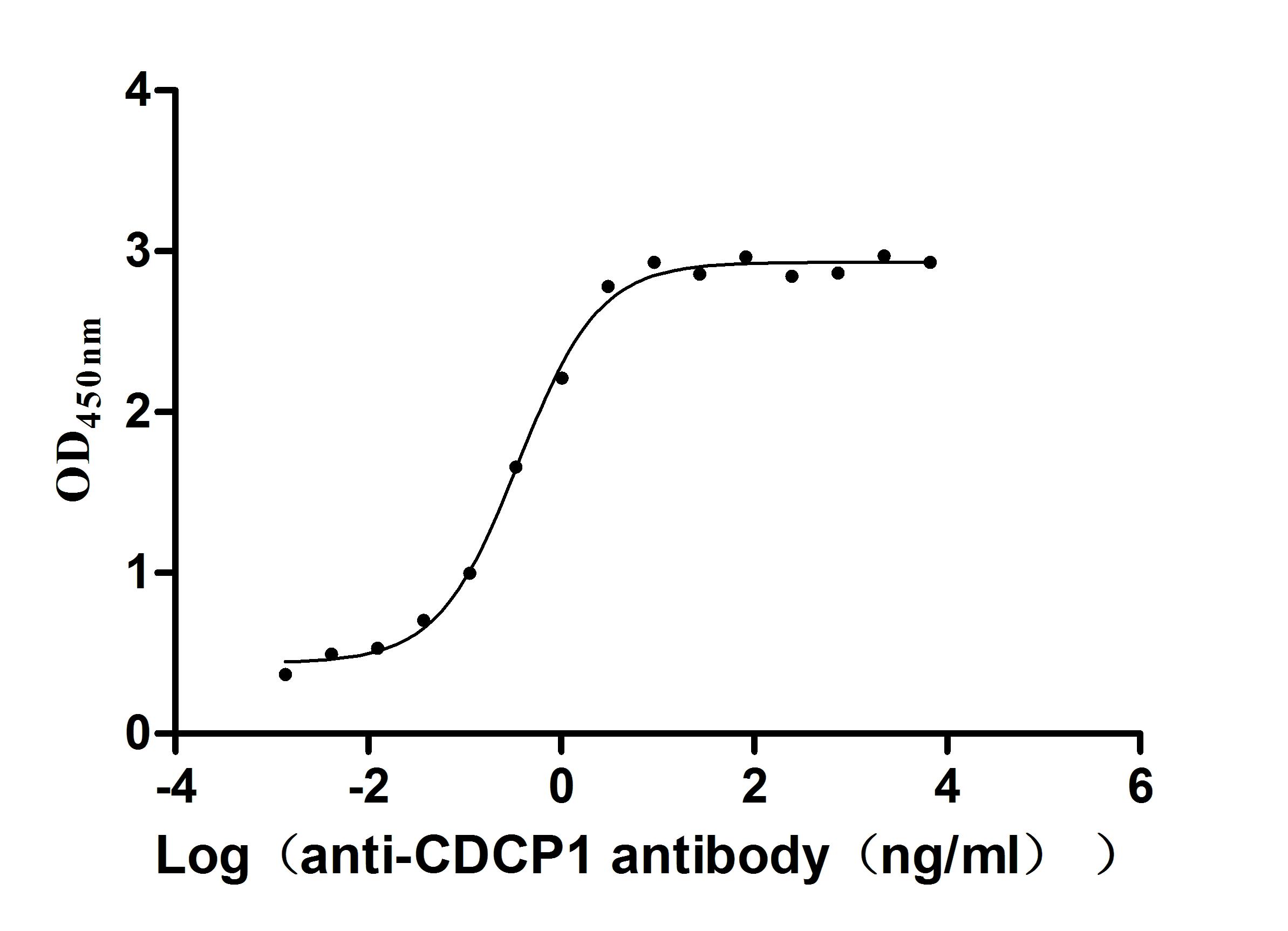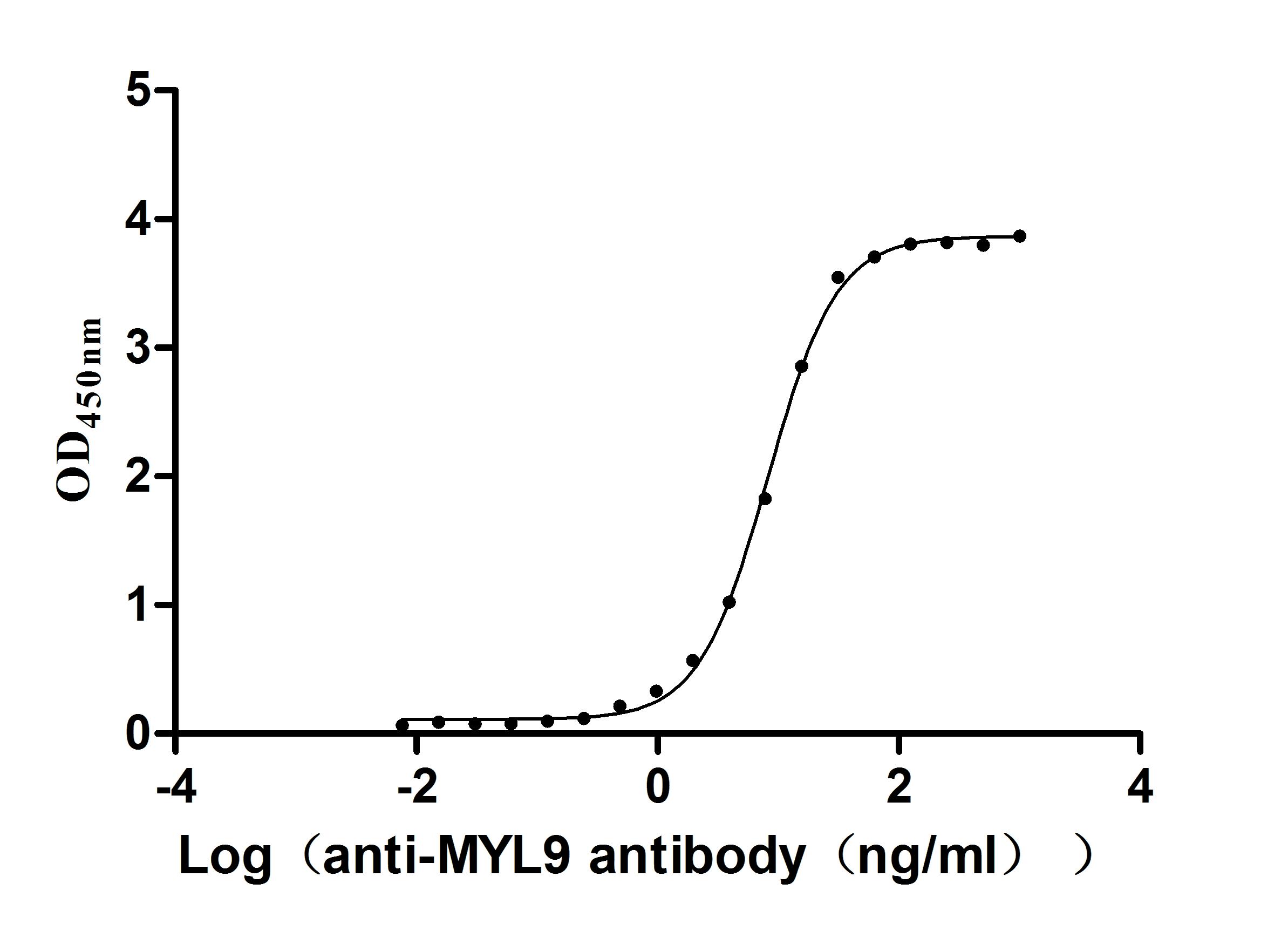Recombinant Arabidopsis thaliana Photosystem II 22 kDa protein, chloroplastic (PSBS), partial
-
中文名稱:擬南芥PSBS重組蛋白
-
貨號:CSB-YP894502DOA1
-
規(guī)格:
-
來源:Yeast
-
其他:
-
中文名稱:擬南芥PSBS重組蛋白
-
貨號:CSB-EP894502DOA1
-
規(guī)格:
-
來源:E.coli
-
其他:
-
中文名稱:擬南芥PSBS重組蛋白
-
貨號:CSB-EP894502DOA1-B
-
規(guī)格:
-
來源:E.coli
-
共軛:Avi-tag Biotinylated
E. coli biotin ligase (BirA) is highly specific in covalently attaching biotin to the 15 amino acid AviTag peptide. This recombinant protein was biotinylated in vivo by AviTag-BirA technology, which method is BriA catalyzes amide linkage between the biotin and the specific lysine of the AviTag.
-
其他:
-
中文名稱:擬南芥PSBS重組蛋白
-
貨號:CSB-BP894502DOA1
-
規(guī)格:
-
來源:Baculovirus
-
其他:
-
中文名稱:擬南芥PSBS重組蛋白
-
貨號:CSB-MP894502DOA1
-
規(guī)格:
-
來源:Mammalian cell
-
其他:
產(chǎn)品詳情
-
純度:>85% (SDS-PAGE)
-
基因名:PSBS
-
Uniprot No.:
-
別名:PSBS; NPQ4; At1g44575; T18F15.3; Photosystem II 22 kDa protein, chloroplastic; CP22; Protein NONPHOTOCHEMICAL QUENCHING 4; Protein PHOTOSYSTEM II SUBUNIT S
-
種屬:Arabidopsis thaliana (Mouse-ear cress)
-
蛋白長度:Partial
-
蛋白標簽:Tag?type?will?be?determined?during?the?manufacturing?process.
The tag type will be determined during production process. If you have specified tag type, please tell us and we will develop the specified tag preferentially. -
產(chǎn)品提供形式:Lyophilized powder
Note: We will preferentially ship the format that we have in stock, however, if you have any special requirement for the format, please remark your requirement when placing the order, we will prepare according to your demand. -
復(fù)溶:We recommend that this vial be briefly centrifuged prior to opening to bring the contents to the bottom. Please reconstitute protein in deionized sterile water to a concentration of 0.1-1.0 mg/mL.We recommend to add 5-50% of glycerol (final concentration) and aliquot for long-term storage at -20℃/-80℃. Our default final concentration of glycerol is 50%. Customers could use it as reference.
-
儲存條件:Store at -20°C/-80°C upon receipt, aliquoting is necessary for mutiple use. Avoid repeated freeze-thaw cycles.
-
保質(zhì)期:The shelf life is related to many factors, storage state, buffer ingredients, storage temperature and the stability of the protein itself.
Generally, the shelf life of liquid form is 6 months at -20°C/-80°C. The shelf life of lyophilized form is 12 months at -20°C/-80°C. -
貨期:Delivery time may differ from different purchasing way or location, please kindly consult your local distributors for specific delivery time.Note: All of our proteins are default shipped with normal blue ice packs, if you request to ship with dry ice, please communicate with us in advance and extra fees will be charged.
-
注意事項:Repeated freezing and thawing is not recommended. Store working aliquots at 4°C for up to one week.
-
Datasheet :Please contact us to get it.
相關(guān)產(chǎn)品
靶點詳情
-
功能:Plays an important role in non-photochemical quenching, a process maintains the balance between dissipation and utilization of light energy to minimize generation of oxidizing molecules, thereby protecting the plant against photo-oxidative damage. Is not necessary for efficient light harvesting and photosynthesis.
-
基因功能參考文獻:
- The interaction of PsbS with the antenna system is affected by both DeltapH and the level of zeaxanthin. PMID: 28134919
- the importance of LHCII aggregation in the NPQ mechanism PMID: 26233261
- Npq1 and npq4 mutants are equally protected against photodamage, but less protected than WT plants. PMID: 25429003
- It was concluded that functional PsbS is required for optimization of absorbed photon fate and optimal light acclimatory responses. PMID: 25654166
- Leaves from three different Arabidopsis lines with different expression levels of PsbS protein showed different levels of non-photochemical quenching. The PsbS deficient plant npq4 showed remarkable reduction of electron transport rate. PMID: 25047739
- the presence of violaxanthin deepoxidase, but not the protein PsbS, changes the excited-state relaxation dynamics of chlorophyll; the presence of both zeaxanthin and PsbS is required for strong quenching PMID: 25422428
- Changes in the complement of light-harvesting complexes and PsbS have striking effects on the photosystem II macrostructure, and these effects correlate with changes in the mobility of chlorophyll proteins within the thylakoid membrane. PMID: 21919982
- Direct interaction of the major light-harvesting complex II and PsbS in nonphotochemical quenching. PMID: 23509270
- Restoration of rapidly reversible photoprotective energy dissipation in the absence of PsbS protein by enhanced DeltapH. PMID: 21474447
- Data suggest that PsbS plays the role of a kinetic modulator of the energy dissipation process in the PSII light-harvesting antenna. PMID: 19843315
- Data suggest that PsbS controls the macro-organisation of the grana membrane, providing an explanation of its role in NPQ. PMID: 20035752
- The effects of two different mutations of PsbS on the metabolism of photosystem II in A. thaliana are reported. PMID: 16075321
- Binding of two molecules of zeaxanthin in the three-dimensional model of PsbS is postulated. The molecular mechanism of photoprotection by PsbS is explained through the model. PMID: 16538483
- PsbS acts as a trigger of the conformational change that leads to the establishment of nonphotochemical quenching. PMID: 16545380
- Transgenic Arabidopsis lines synthesizing only the altered psbS forms exhibited severely impaired NPQ capacity PMID: 17306227
- xanthophyll dependence of energy dissipation is not due to PsbS but to other pigment-binding proteins, probably of the Lhcb type PMID: 18070876
- The level of PsbS is a determinant of plant fitness, metabolism and gene expression. Lack of PsbS results in increased photooxidative stress in the chloroplasts. PMID: 19171025
顯示更多
收起更多
-
亞細胞定位:Plastid, chloroplast thylakoid membrane; Multi-pass membrane protein.
-
蛋白家族:ELIP/psbS family
-
數(shù)據(jù)庫鏈接:
Most popular with customers
-
Recombinant Human Tumor necrosis factor receptor superfamily member 1A (TNFRSF1A), partial (Active)
Express system: Mammalian cell
Species: Homo sapiens (Human)
-
Recombinant Human papillomavirus type 16 Protein E7 (E7) (Active)
Express system: E.coli
Species: Human papillomavirus type 16
-
Recombinant Human Intestinal-type alkaline phosphatase (ALPI) (Active)
Express system: Mammalian cell
Species: Homo sapiens (Human)
-
Recombinant Human Pancreatic adenocarcinoma up-regulated factor (ZG16B) (Active)
Express system: Mammalian cell
Species: Homo sapiens (Human)
-
Recombinant Human Tumor-associated calcium signal transducer 2 (TACSTD2), partial (Active)
Express system: Mammalian cell
Species: Homo sapiens (Human)
-
Recombinant Human Alkaline phosphatase, germ cell type (ALPG) (Active)
Express system: Mammalian cell
Species: Homo sapiens (Human)
-
Recombinant Human CUB domain-containing protein 1 (CDCP1), partial (Active)
Express system: Mammalian cell
Species: Homo sapiens (Human)
-
Recombinant Human Myosin regulatory light chain 12B (MYL12B) (Active)
Express system: E.coli
Species: Homo sapiens (Human)


